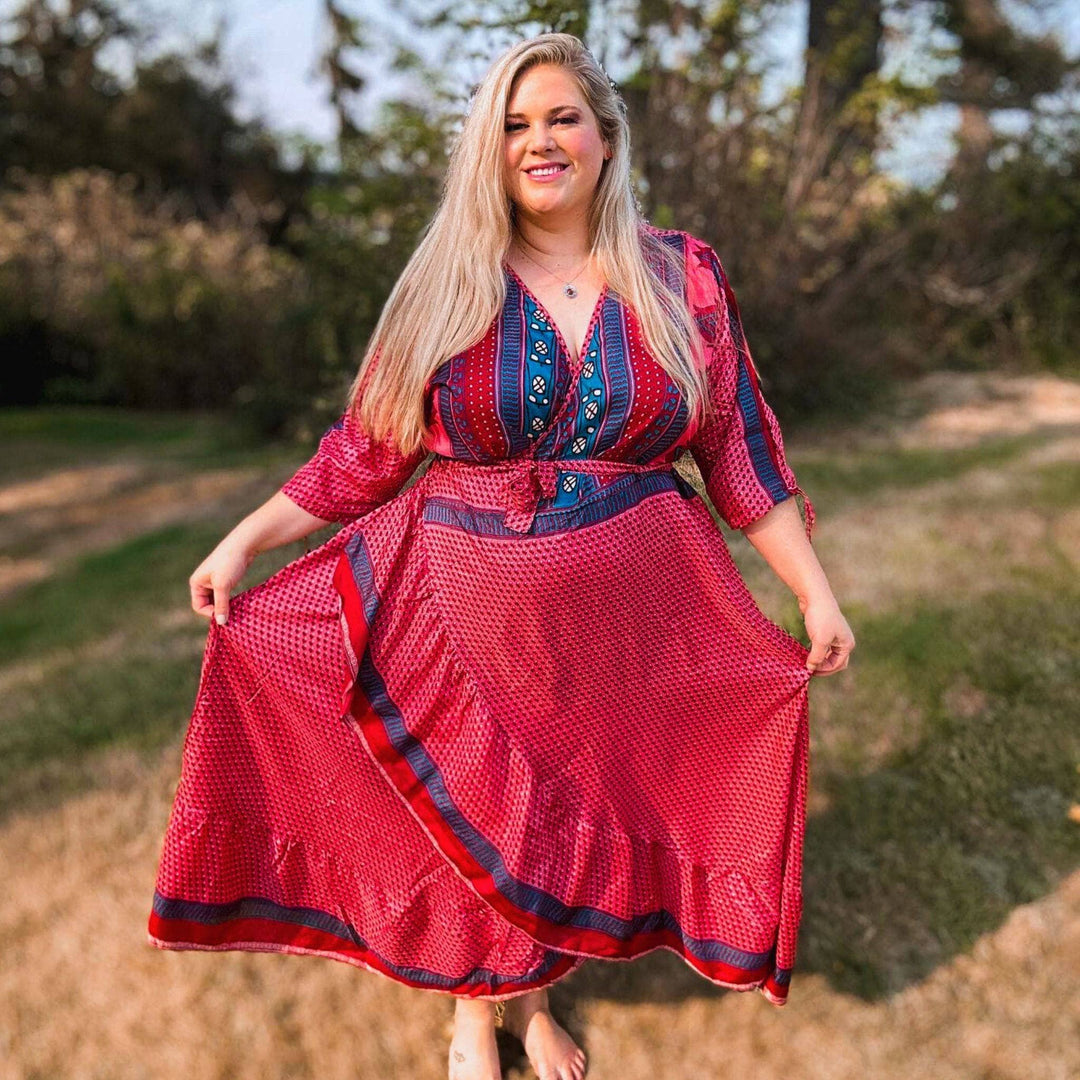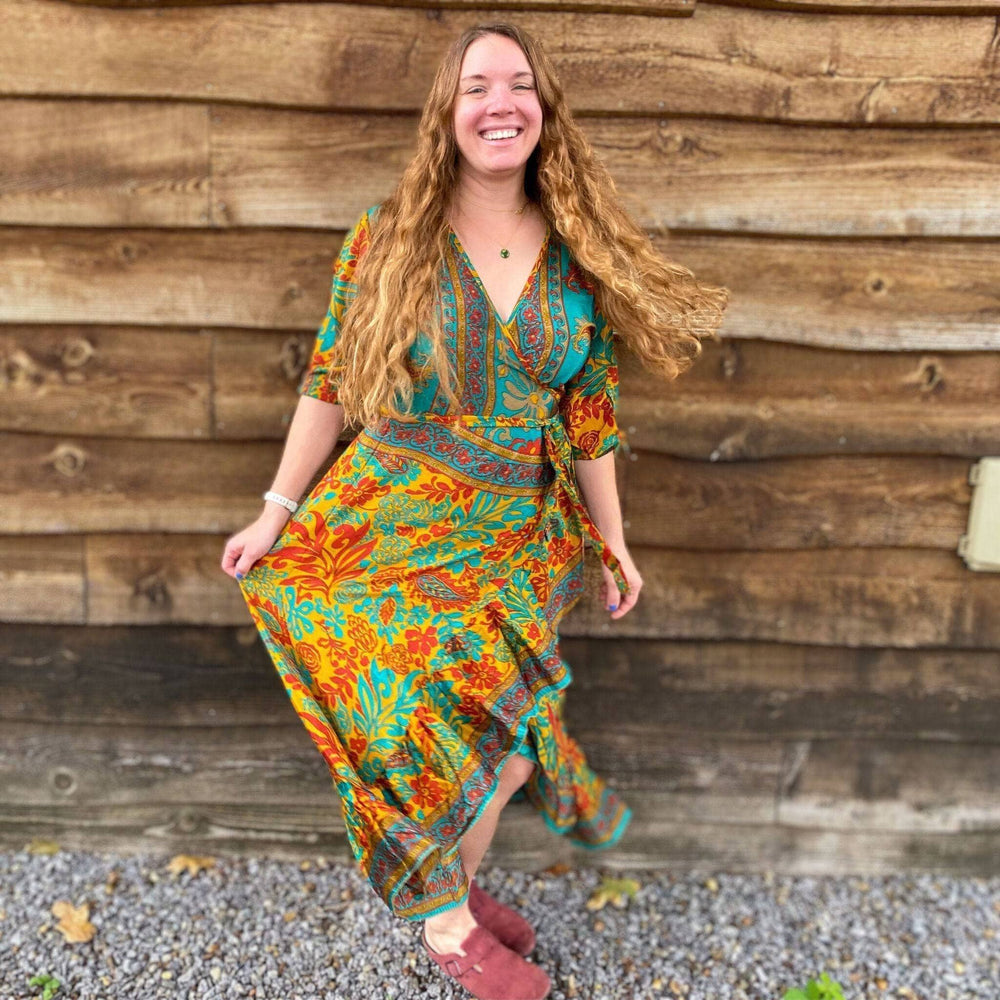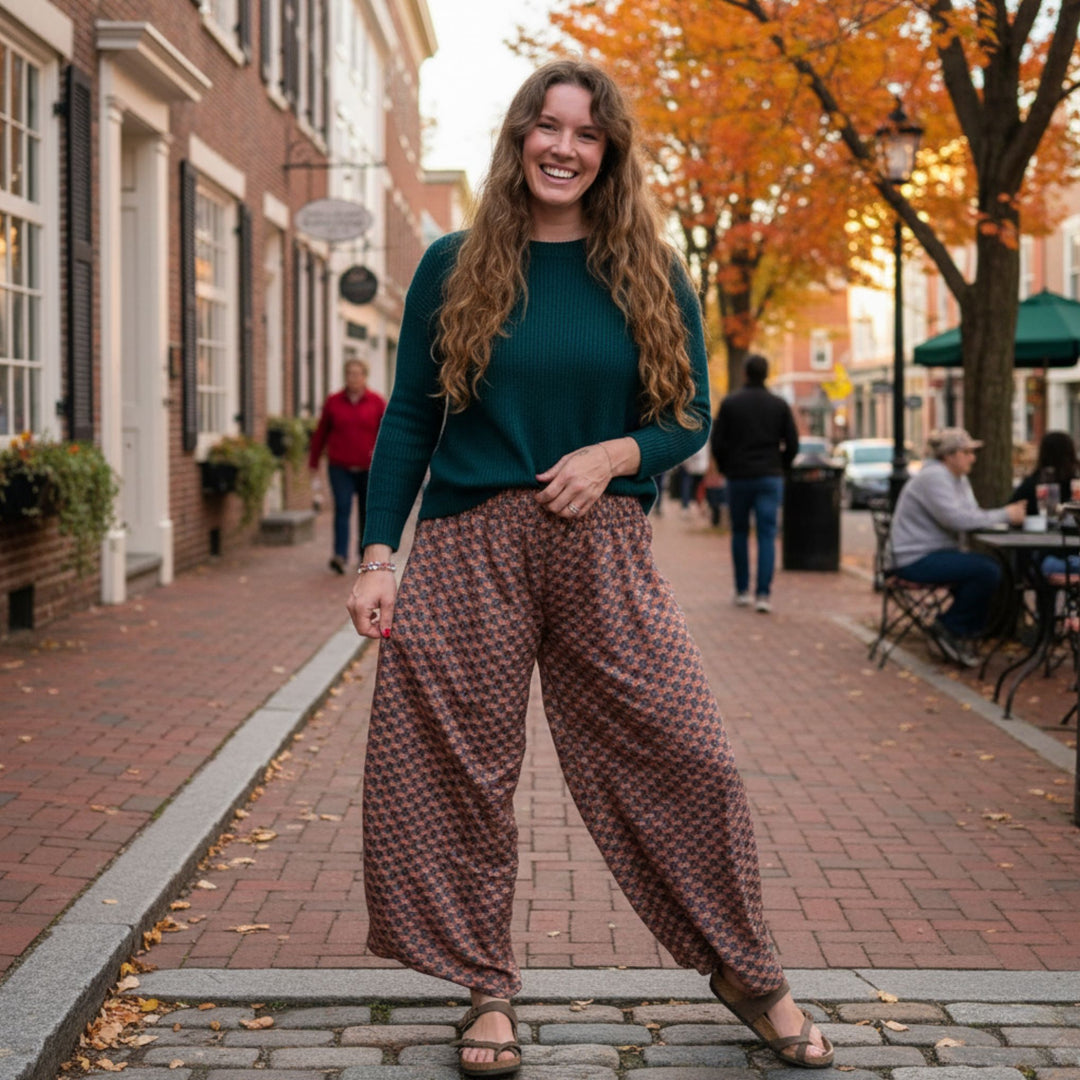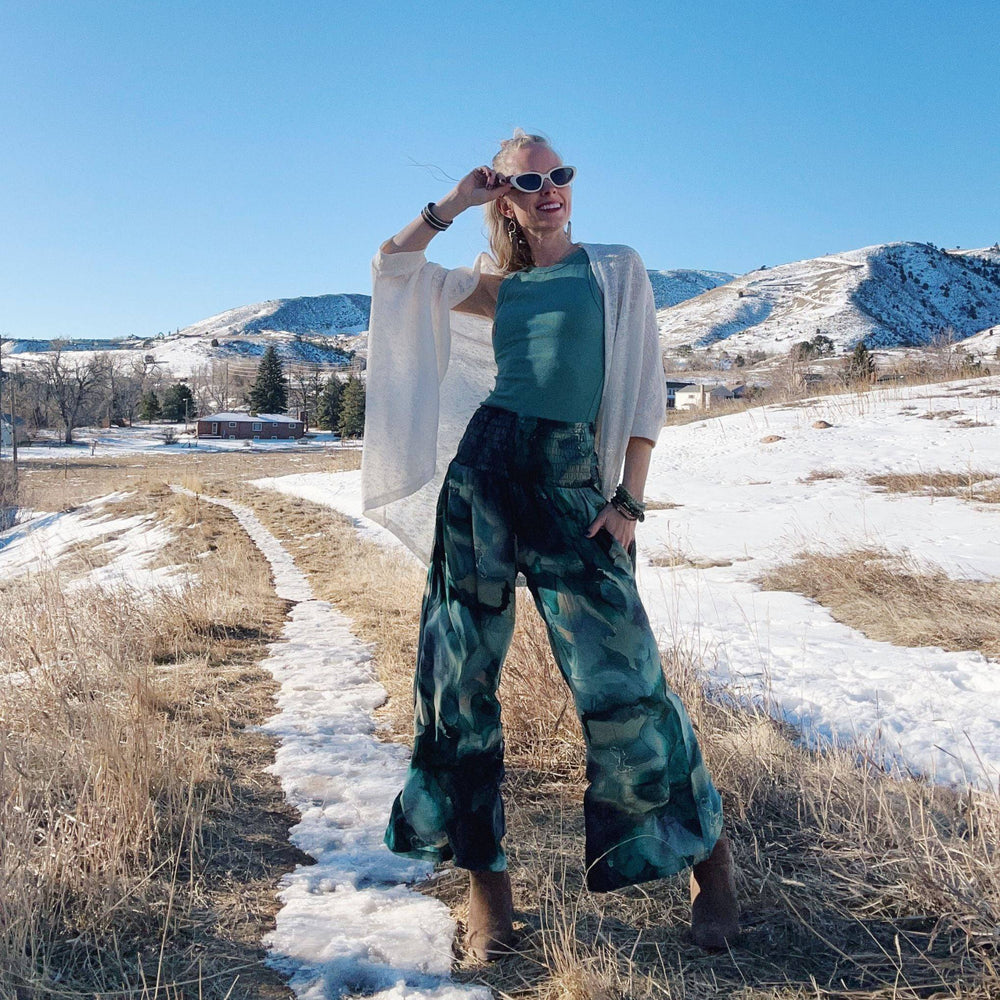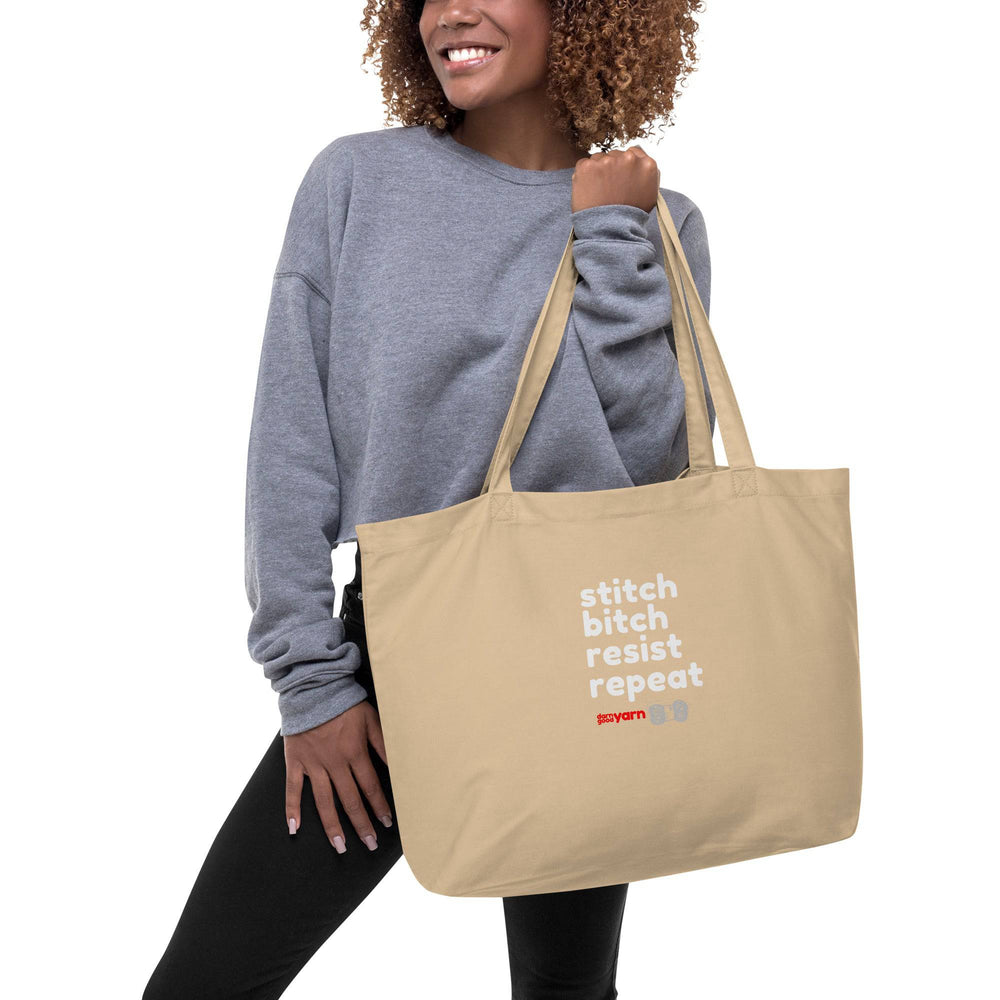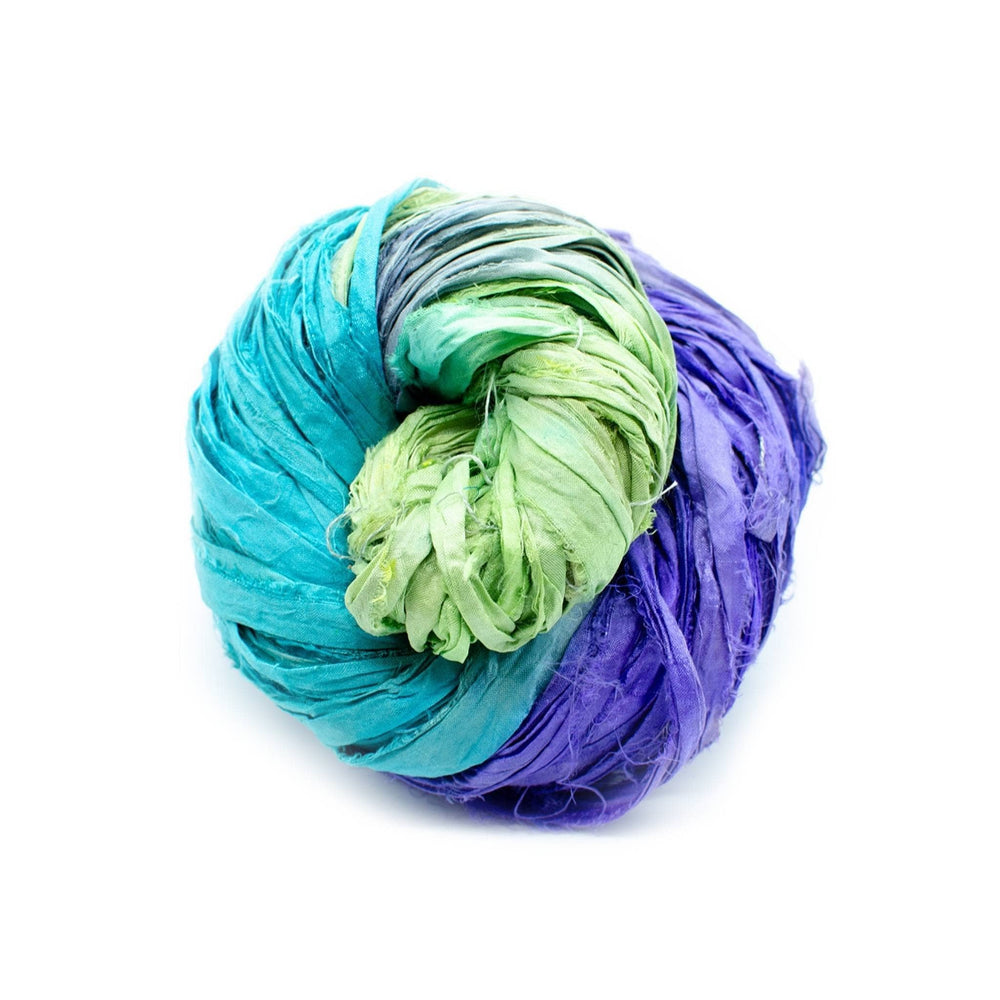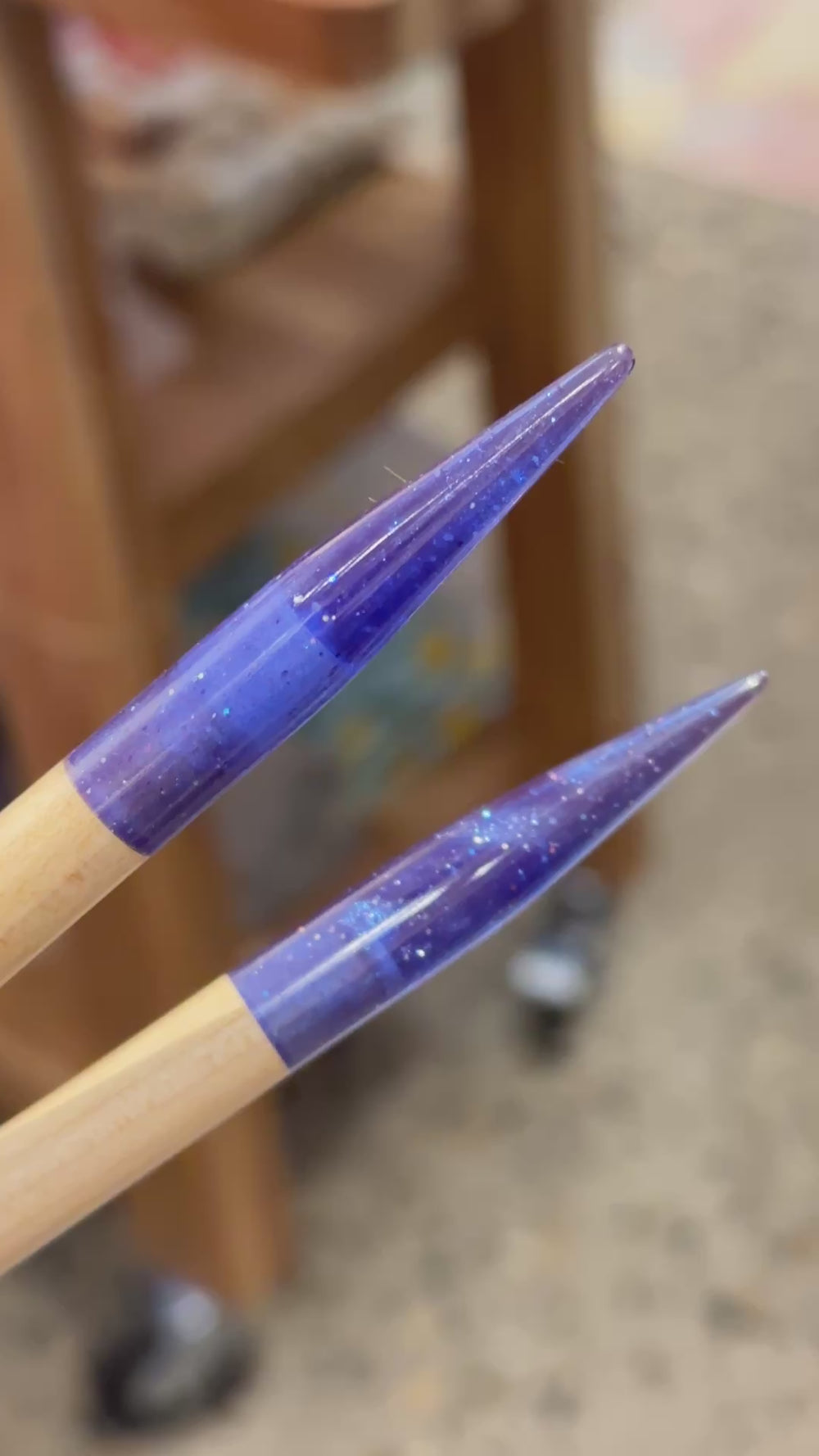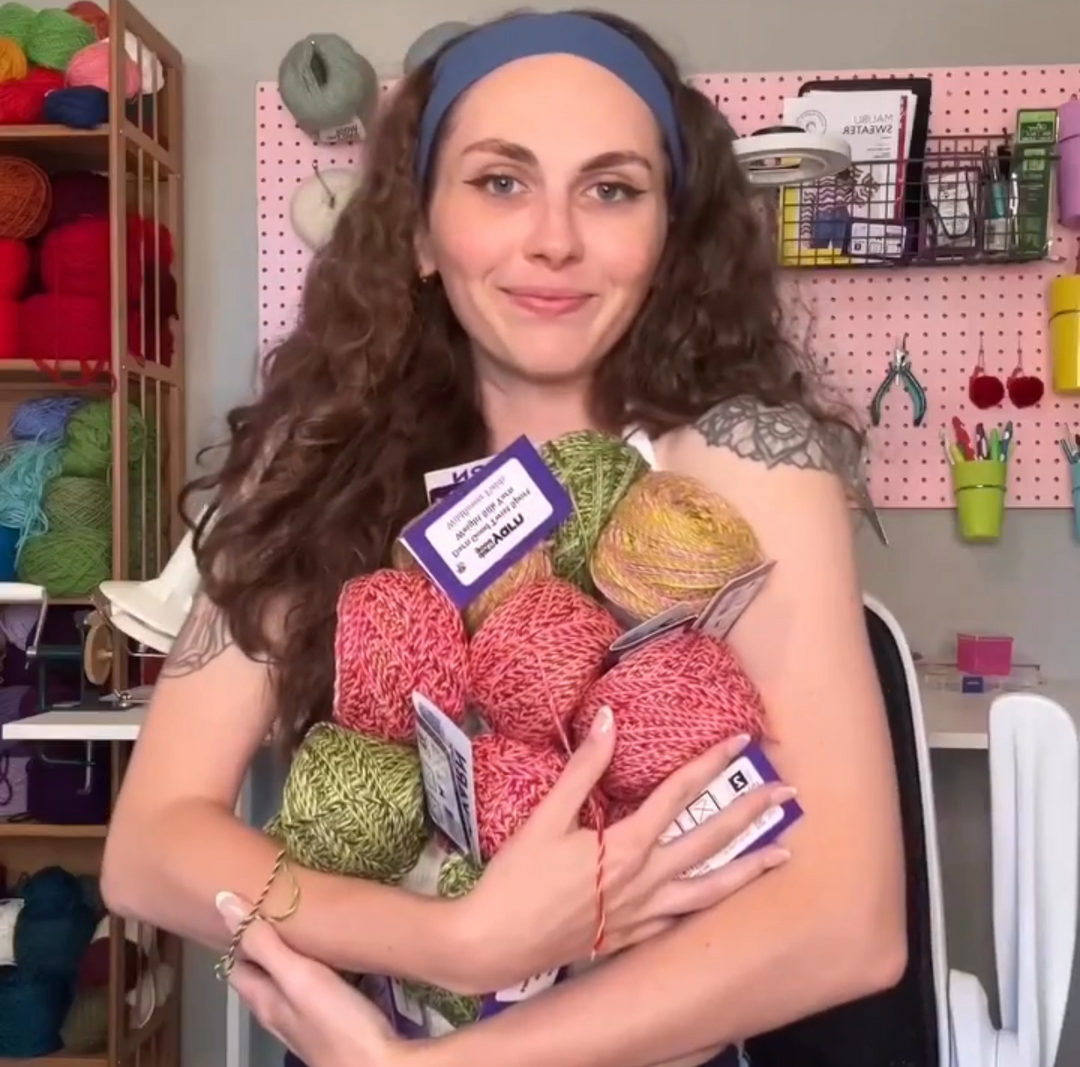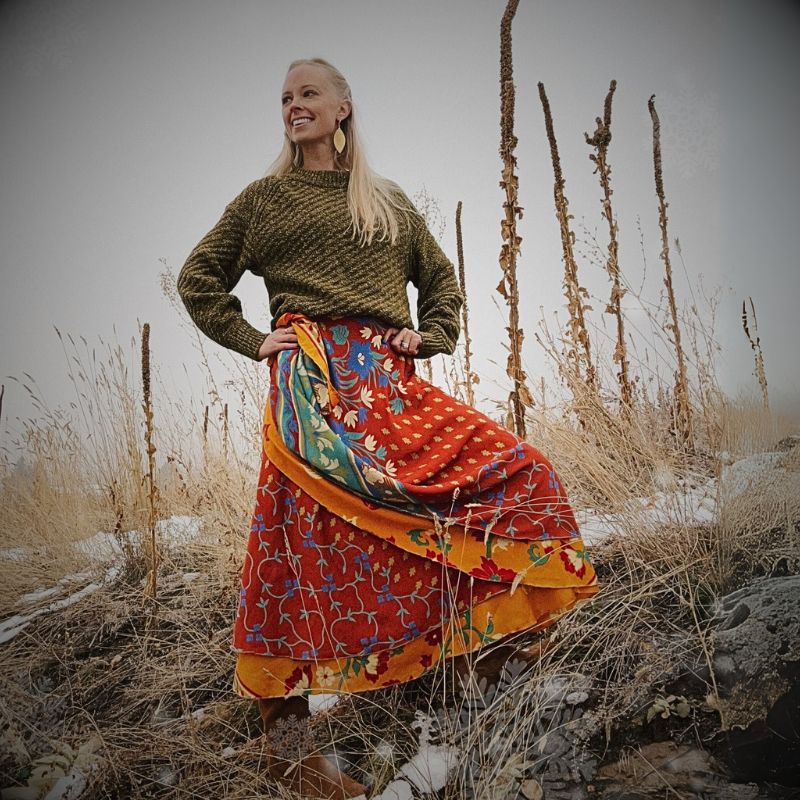There is a lot that goes into a small strand of yarn. Each characteristic determines how the yarn feels, how it lays, what needles should be used with it, what projects should be made, and even how your project should be treated after its completed.
If you missed it, last week we covered Fiber Content, Weight, Wraps per Inch and Yarn Count (catch up on our previous post here). This week, we'll be covering Composition, Gauge, Dye, Twist, Composition and Care Instructions.
5. COMPOSITION
A ply is a group of small, individual strands of yarn (also called “singles”) that are twisted together to create one larger strand of yarn. When singles are created, they are spun in one direction (we will be discussing twists more in the next section!). After they are spun and it is time to put the singles together into the ply, they are spun together in the opposite way in which the single was spun.
To put this in real terms, if a single is spun clockwise, then a ply is spun counterclockwise. This technique gives the yarn much more durability and strength, as opposed to it being plied in the same direction, or not plied at all. If the yarn isn’t plied, then it is considered to be roving. Roving yarn is great for making quick, bulky looks.
The name also tells us the number of singles that were spun together in order to create the strand. So a 2 ply yarn has 2 plies spun together, while a 6 ply has 6 plies spun together, and so on.
To throw in another twist (yarn pun not intended), plied yarn can be plied together to create a cable yarn. So, one 4 ply and another 4 ply can be twisted together, thereby creating a cable yarn, which, as you can imagine, is incredibly durable.
6. TWIST
Ply and twist are pretty closely related, so it is helpful to think of them as two related factors that are important to know about yarn, as opposed to two totally separate things. Yarn twist helps hold the fibers together; so one of the important things to know when a spinner is determining the amount of twist is the yarn weight. Thinner fibers, such as lace weight silk will need more twisting than a bulky yarn. The bulkier the yarn, the more likely it is that the individual fibers are naturally stronger than that of a thinner yarn.
Yarn twist also determines the “halo” (the little fuzzies) around each strand. The tighter the twist, the cleaner the look. On the flipside, the looser the twist, the fuzzier the yarn. You can see here that our 2-Ply Linen barely has a visible halo, as compared to our Banana Fiber Yarn. Another important thing to note is that a project will generally require more yarn if you are using a yarn that is tightly twisted.

The final important thing to note regarding twists is the difference between an “S” twist and a “Z” twist. Z twists are used more often in Eastern knitting (where the yarn is thrown under the needle), and are frequently used in singles. The S twist is more commonly used in Western knitting (where the yarn is put over the needle), and it is used for plying.
7. GAUGE
Gauge is the number of stitches and rows in every inch of knitting, or the number of stitches and rounds in every inch of crocheting, for the average knitter or crocheter. While this definition sounds pretty and clean cut, it is important for every knitter and crocheter to get an idea as to their individual gauge compared to the “average knitter or crocheter” (We can call her Betty Sue from here on out). As projects become more technical (think, form fitting sweaters), gauge will determine the size of the sweater. So, if you knit tighter than Betty Sue, your sweater will be way smaller than what you expected. On the other hand, if you have a looser touch, then you may find your sweater to look more like a poncho.
While the given gauge can be a great stepping stone, it’s recommended that knitters and crocheters (especially those honing in on their craft!) create their own gauge in order to see how tension affects the size of the gauge, and therefore the overall project.
8. DYE
Today, there are a lot of different terminologies thrown around when discussing dyes. There’s dye lots, no dye lots, hand dyed, natural dyed, etc. What exactly does it all mean?
Synthetic Dyes
A dye lot is normally used in synthetic yarns. It identifies the exact color and shade of dye used, so that every skein matches each other perfectly. If a skein has a dye lot, that means that it was spun, and then dyed. If there is no dye lot mentioned, that means that the fiber was colored before it was spun.
Natural Dyes
Another option for dying yarn is using all natural dyes, that can be created from items such as herbs, flowers, and even food. While there might be a slight variation in the colorways, these dyes still remain generally consistent overall. Compared to acrylic dyes, natural dyes have the tendency to be more subdued.
Hand Dyed
So just because something is dyed using synthetic dyes does not mean that it can’t be hand-dyed. Regardless of if it is hand-dyed using natural matter or not, hand-dyed yarn is much more sensitive and prone to bleeding than non-hand dyed yarn.
9. CARE INSTRUCTIONS
After your project is completed, taking the proper care in treating it is critical.
Acrylic yarn should be machine washed and dried. The fibers expand in the washing machine, releasing the dirt, and then shrink back up in the dryer, returning it to the original size.
Natural and hand dyed yarns should never be machine washed/dried – they should be hand washed in cold water and laid flat to dry. This also includes natural wools, but some wool can actually be machine washed and dried. The reason behind this is that some wool is chemically modified so that they can a) be dyed easier and b) be machine washed. (This is often the type of wool people are allergic to!)
Not sure what your item is made from? Hover a lit match or lighter (carefully!) near the end of the item. If it melts, it is acrylic. If it burns, its natural.
There you have it! The top 9 things that you should know about yarn. Now go ahead and get crafting!
We know that sometimes choosing yarn and a project to go with it (especially with all this new knowledge!) can get overwhelming, which is why we created our $10 Yarn Club. Every month, you can get yarn, a pattern, and a mystery item delivered to your door!
 Rewards
Rewards




